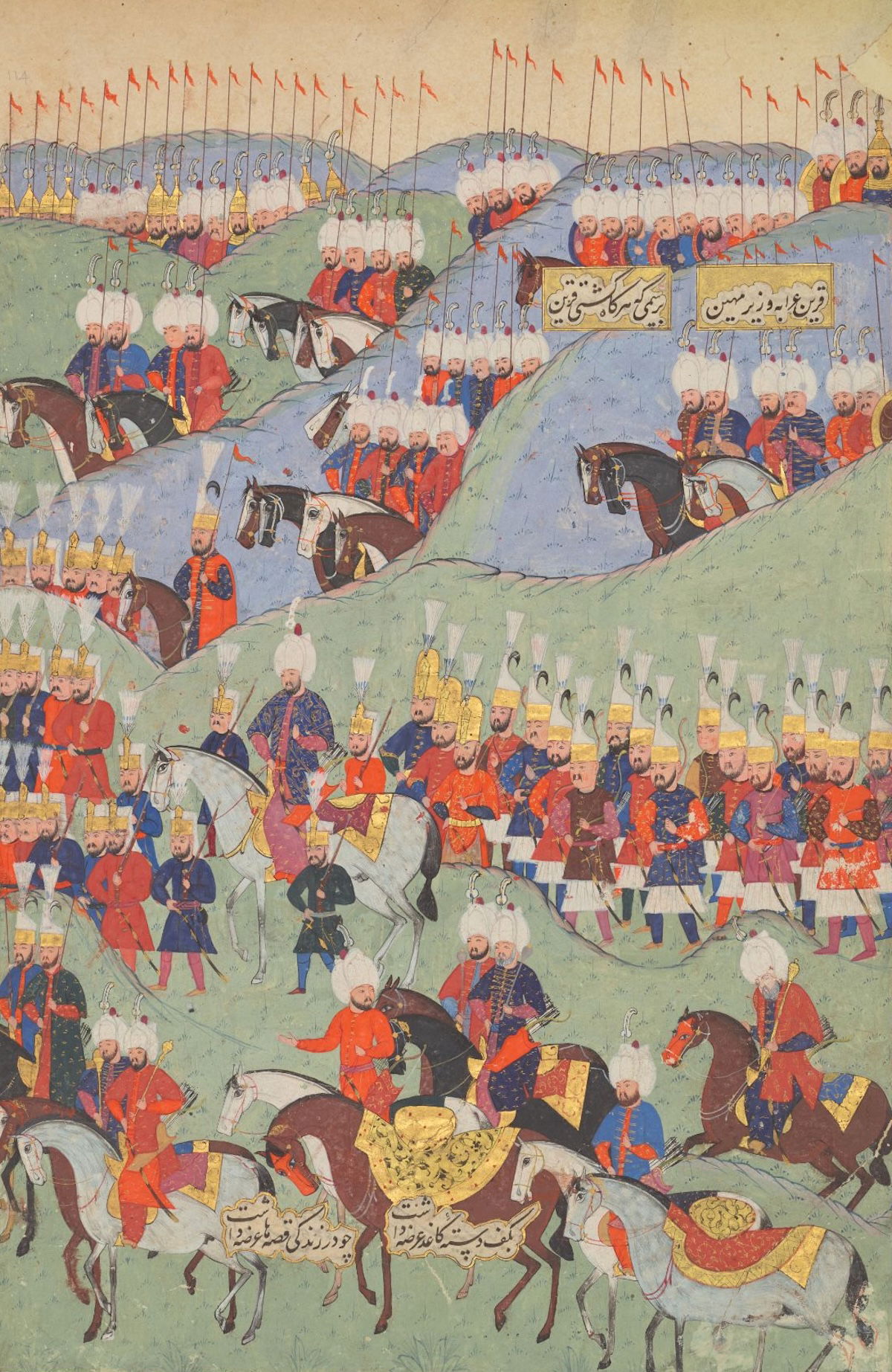Masters and Mamluks: Islam’s Slave Soldiers
The military elite of the medieval and early modern Muslim world consisted of men who had been captured and forced into service. But to what extent were the janissaries and their predecessors subject to slavery?

‘I see that those on my side have been routed. I fear they will abandon me. I do not expect them to return. I have decided to dismount and fight by myself, until God decrees what He wants. Whoever of you wishes to depart, let him depart. By God, I would rather that you survive than that you perish and be destroyed!’ They replied: ‘Then we would be treating you unjustly, by God! You freed us from slavery, raised us up from humiliation, enriched us after we were poor and then we abandon you in this condition! No, we will advance before you and die beside the stirrup of your horse. May God curse this world and life after your death!’ Then they dismounted, hamstrung their horses, and attacked.
